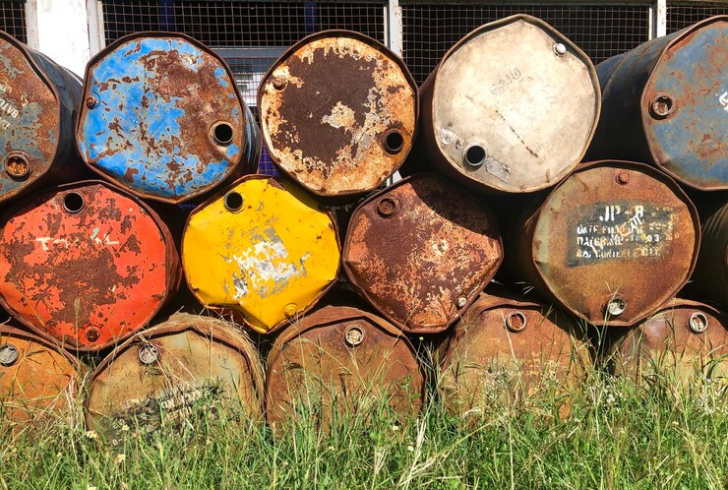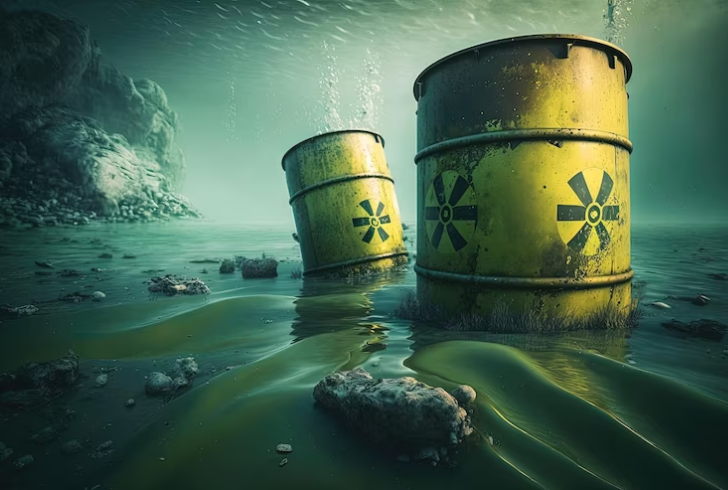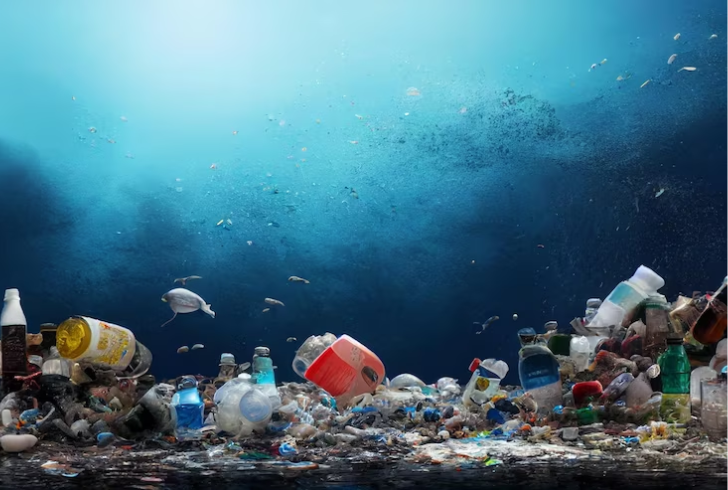In a startling revelation reported by the Los Angeles Times, the environmental crisis looming off the California coast may be more perilous than initially believed. What was initially believed to be the disposal of thousands of barrels containing DDT turns out to be a grave issue of low-level radioactive waste. Shockingly, the DDT detected wasn't confined to barrels but had been directly poured into the Pacific Ocean, as per recent findings by researchers.
Uncovering the Dark Secrets

Freepik | EyeEm | Over 56,000 barrels of radioactive waste were dumped in the Pacific Ocean.
Contrary to previous assumptions, researchers now propose that from the 1940s to the 1960s, various entities, including local hospitals, laboratories, and industrial operations, indiscriminately discarded barrels of tritium, carbon-14, and similar waste into the ocean. This poses a significant environmental threat, one that could have far-reaching consequences for marine life and, subsequently, human health.
The sheer scale of these disposals is staggering. According to the International Atomic Energy Agency, over a 25-year period concluding in 1970, more than 56,000 barrels of radioactive waste were dumped into the Pacific Ocean on the U.S. side alone. Some of these barrels, ominously hidden beneath 3,000 feet of water near Catalina Island, serve as a haunting reminder of the past, with no feasible means of retrieval.
The Irreversible Consequences
Ken Buesseler, a prominent marine radiochemist and senior scientist at the Woods Hole Oceanographic Institution, voices the severity of the issue, stating, "The problem with the oceans as a dumping solution is once it’s there, you can’t go back and get it. These 56,000 barrels, for example, we’re never going to get them back." The irreversible nature of this environmental catastrophe underscores the urgent need for comprehensive action to address and mitigate the consequences of past negligence.
An Urgent Call for Remediation

Freepik | nastyakkvedom | Marine life may accumulate radioactive materials over time.
The findings not only shed light on the historical disregard for the oceans as a dumping ground but also underscore the pressing need for immediate remediation efforts. It's imperative that we confront this silent menace head-on and develop strategies to mitigate the environmental impact. Beyond the visible consequences, the long-term effects of radioactive waste on marine ecosystems and human health remain a cause for concern.
The Environmental Ripple Effect
As we grapple with the reality of this extensive dumping of radioactive waste, it becomes evident that the consequences extend far beyond the initial act. The interconnectedness of marine ecosystems and the delicate balance of life in the oceans mean that the repercussions could amplify and spread. Understanding the full scope of the environmental ripple effect is crucial for devising effective strategies for containment and remediation.
Charting a Sustainable Future

Freepik | user16450298 | Preventing future ocean dumping of hazardous materials is crucial for environmental protection.
Moving forward, a collective effort involving scientific expertise, governmental intervention, and public awareness is essential to address the aftermath of decades of environmental neglect. The development of advanced technologies for monitoring and managing radioactive waste in oceans is paramount. Additionally, public awareness campaigns can mobilize communities to actively participate in beach clean-ups and support initiatives focused on protecting our oceans from further harm.
Facing the Reality
The revelation of over 56,000 barrels of radioactive waste lurking beneath the Pacific's surface is a stark wake-up call. As we confront the consequences of past actions, it's crucial to approach this issue with a sense of urgency and responsibility.
The environmental impact of such negligent disposal demands immediate attention and concerted efforts to protect our oceans, marine life, and ultimately, our own well-being.
